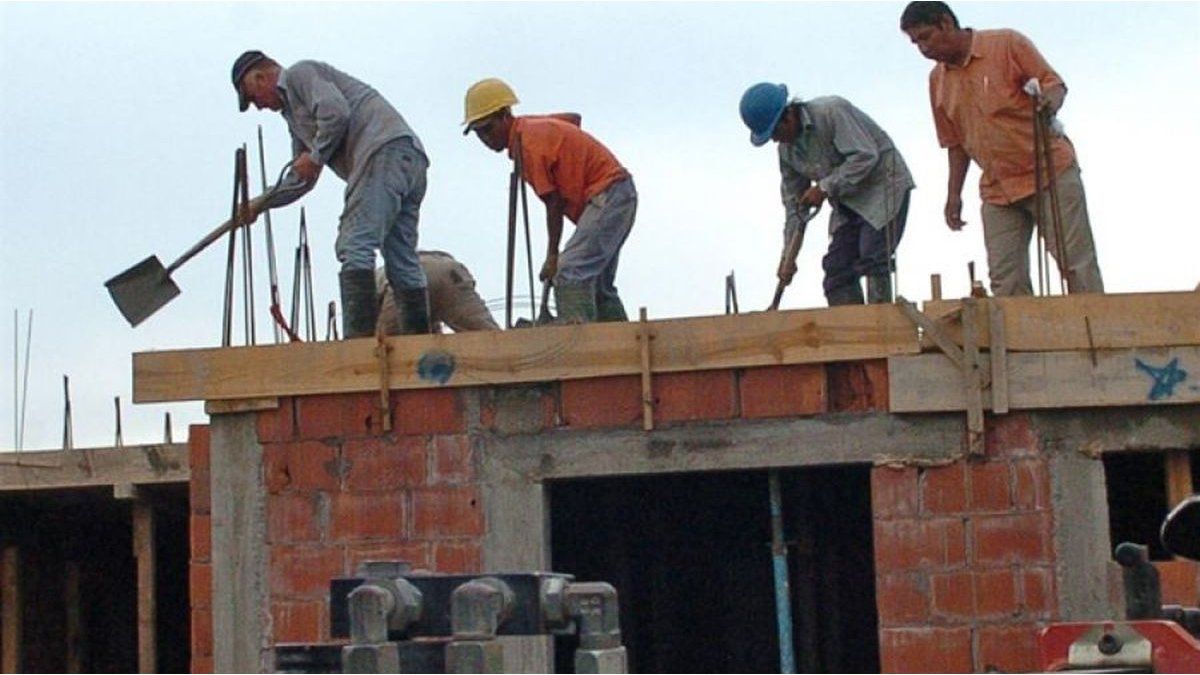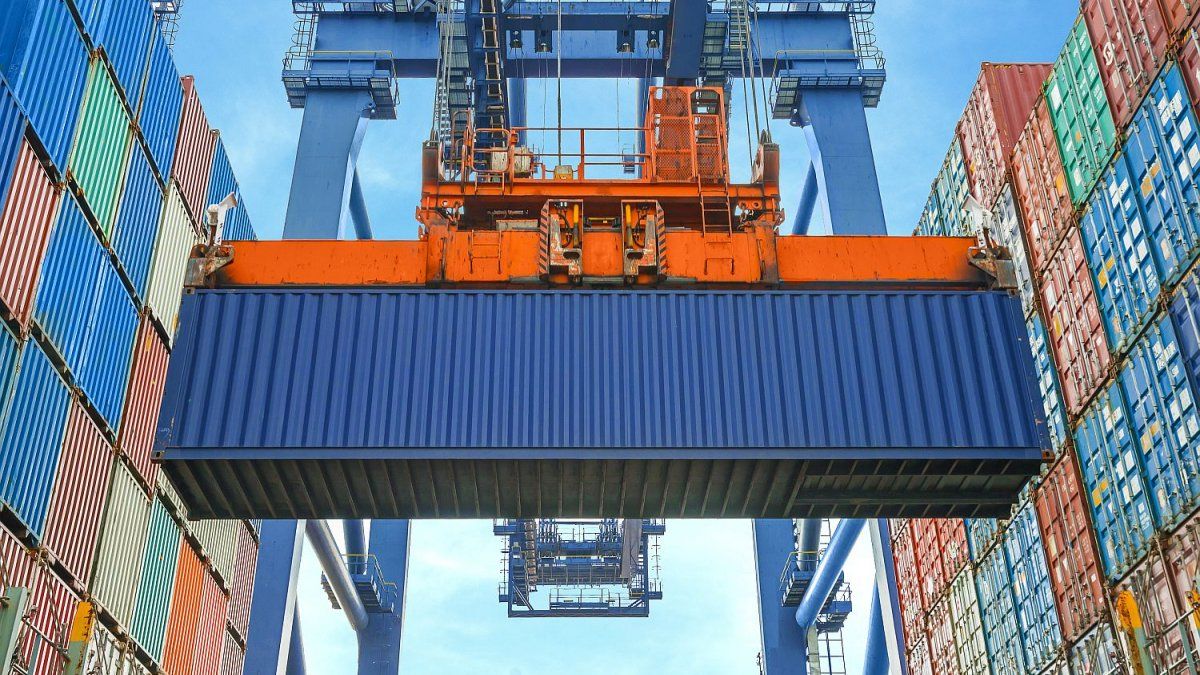The survey carried out by IERAL, of the Mediterranean Foundation, He stressed that poverty “is, in part, a reflection of the functioning of the labor market,” where the deterioration of purchasing power, precariousness and informality directly impact household income. Among the unemployedthe poverty rate rises to 58.9%but the most alarming thing is that Even among those who have jobs, the phenomenon continues to be massive. “Having a job no longer guarantees escape from poverty, especially when it comes to precarious or low-productivity occupations,” the report warns.
Informal employment, the main source of vulnerability
The study highlights that the quality of employment It is the determining factor in the probability of being poor. Among the unregistered self-employed workershe 40.5% is not enough to cover the basic basket, while among the informal wage earners The percentage reaches 37.5%. In contrast, the incidence drops to 12.3% among the registered self-employed and to 9.7% among the formal employees.
The formalityalthough it offers some protection, it is not enough. Income in the formal sector is usually higher and more stable, but in many areas it remains low. The study mentions the domestic service as a paradigmatic example: despite the advances in registration, economic vulnerability persists.
QICGCWTPZ5B3ZLRTQXJFN4OBKA (1)
The study highlights that the quality of employment is the determining factor in the probability of being poor.
Among the inactive —people who do not work or look for work due to age, study or discouragement—poverty affects the 35.2%while among the under 14 years old ascends to 45.4%. In this last group, the Universal Child Allowance (AUH) plays a key role: it reaches more than 4 million children and contributes to reduce homelessnessalthough it is not always enough to lift families out of poverty.
Territorial inequality: the map of informality
The problem worsens when regional differences are observed. The provinces with the greatest labor informality are also those that concentrate the most poor workers. Tucumán, San Juan, Salta, Santiago del Estero and Formosa top the ranking, with more than half of employment outside the formal system.
These jurisdictions, cWith little diversified productive structures and a strong presence of rural activities or personal services, They face the highest rates of precariousness and low income.
Instead, thes regions with greater industrialization or development of formal services —such as Buenos Aires, Córdoba or Santa Fe— present more moderate levels of working poverty, although also increasing in the face of the loss of purchasing power.
IERAL warns that Argentina needs to generate employment, but above all quality employment. “The creation of jobs in low-productivity sectors can improve employment statistics, but it does not solve the underlying problem: insufficient labor income,” Caullo and Belich point out.
To reverse this trend, the report proposes strengthening technical training, promoting formalization and promoting jobs in activities with greater added value. “Investing in capabilities and generating incentives for formal hiring not only improves income, but also reduces vulnerability gaps,” the authors highlight.
The document insists that Poverty eradication requires much more than assistance programs. Raises the need for a sustained growth strategy with productivityaccompanied by active policies that promote formal and stable job insertion.
Source: Ambito
I am a 24-year-old writer and journalist who has been working in the news industry for the past two years. I write primarily about market news, so if you’re looking for insights into what’s going on in the stock market or economic indicators, you’ve come to the right place. I also dabble in writing articles on lifestyle trends and pop culture news.




